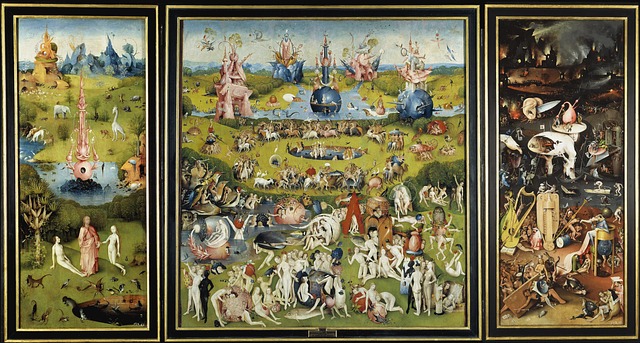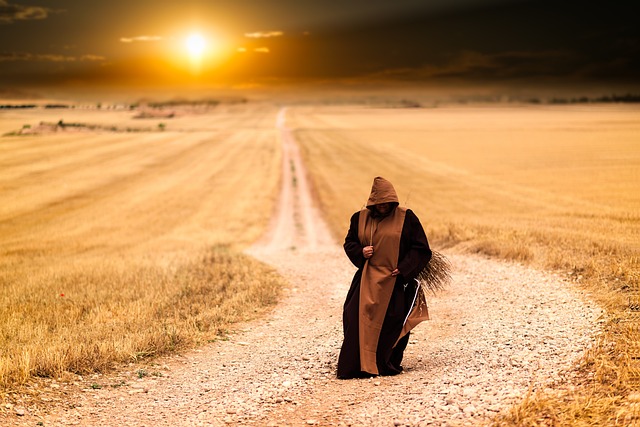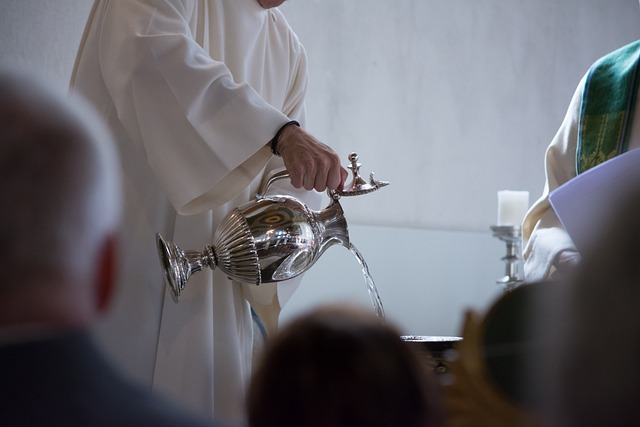Throughout history, humanity has sought to connect with the divine through various earthly rituals steeped in tradition and significance. These rituals, often rooted in the beliefs and practices of organized religions, serve as a bridge between the mundane and the sacred. They invite participants to step into a space where the physical and spiritual realms intertwine, fostering a profound sense of connection with the divine.
One of the most cherished aspects of religious rituals is their ability to harness the essence of nature. From the simple act of lighting candles to elaborate ceremonies that honor the changing seasons, earthly elements play a crucial role in many spiritual traditions. The use of fire, water, earth, and air during these rituals creates a sensory experience that not only grounds participants but also elevates their consciousness. For instance, the ceremony of purification through water is a common theme in various religions, symbolizing rebirth and the washing away of impurities.
Moreover, the sacredness of space is often emphasized in religious rituals. Many faiths designate specific areas, such as temples, churches, or open natural settings, as holy grounds. These spaces serve as reminders of humanity’s connection to the earthly plane while simultaneously facilitating encounters with the divine. They are carefully prepared and adorned, enhancing the overall experience and allowing individuals to feel the weight of centuries of devotion and reverence.
In many cultures, the act of gathering together for communal rituals underscores the importance of community and shared beliefs. Whether it’s a gathering for a harvest festival, a religious holiday, or a solemn observance of reflection, these rituals foster a collective spirit, uniting individuals in their quest for understanding and connection. The energy that arises from collective participation can transform the earthly experience into something transcendent, as individuals resonate together in prayer, song, or meditation.
Another poignant example of earthly rituals in religion is found in the observance of rites of passage. These ceremonies mark significant transitions in an individual’s life, such as birth, marriage, and death. They are rich with symbolism and often involve practices that honor both the individual and the larger community. For many, these rituals serve as a tangible reminder of their beliefs and values, anchoring them firmly within the world while reaching toward the divine.
Throughout these varied practices, the beauty of earthly rituals lies in their ability to evoke emotion and instill a sense of belonging. They not only allow individuals to express their faith but also serve as an essential source of comfort and guidance in navigating the complexities of life. In an ever-evolving world, these rituals provide an opportunity to pause, reflect, and engage deeply with both the earthly and the divine, cultivating a holistic sense of well-being and spirituality.



